Newly discovered altermagnetism at the Swiss Light Source SLS opens door to new physics & spintronics. Learn about this new addition to magnetic family!
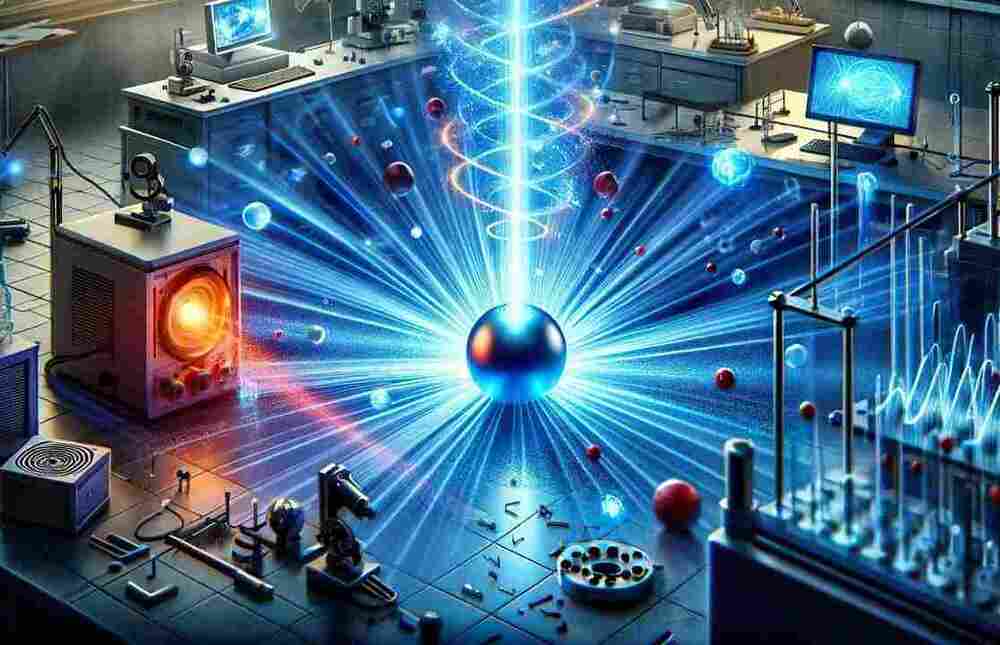

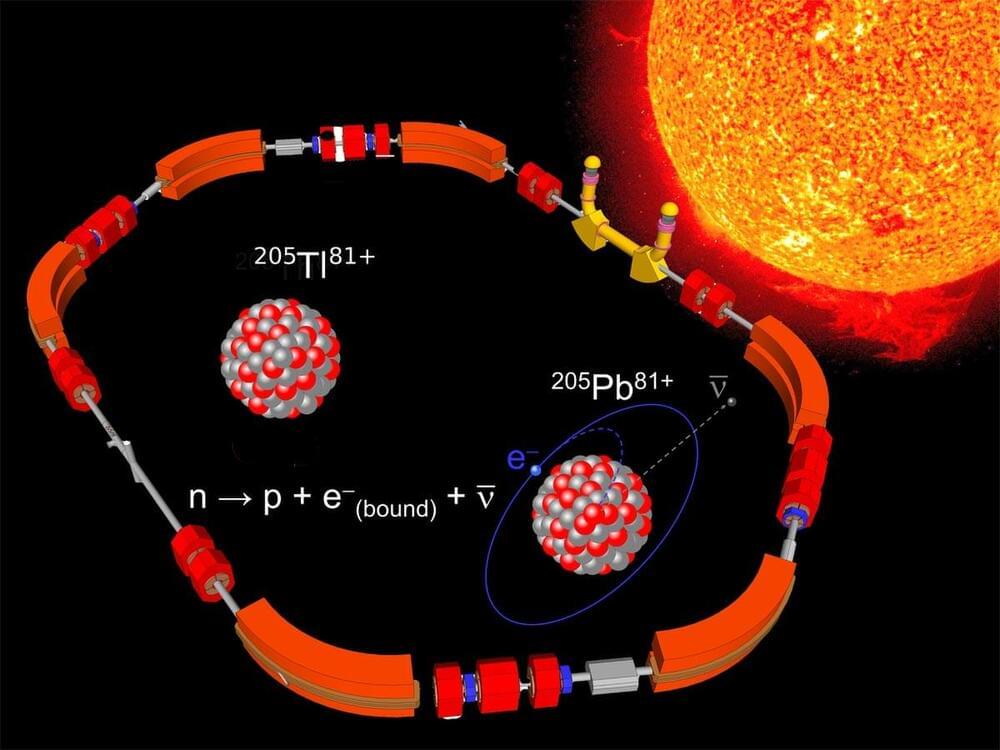
The LOREX experiment utilizes lorandite ore to gauge historical solar neutrino flux, revealing insights about the Sun’s development and climatic effects through advanced decay rate measurements.
The Sun, Earth’s life-sustaining powerhouse, generates immense energy through nuclear fusion while emitting a steady stream of neutrinos — subatomic particles that reveal its inner workings. While modern neutrino detectors shed light on the Sun’s current behavior, key questions remain about its stability over millions of years — a timeframe encompassing human evolution and major climate changes.
Addressing these questions is the mission of the LORandite EXperiment (LOREX), which depends on accurately determining the solar neutrino cross-section for thallium. An international team of scientists has now achieved this crucial measurement using the unique Experimental Storage Ring (ESR) at GSI/FAIR in Darmstadt. Their groundbreaking results, advancing our understanding of the Sun’s long-term stability, have been published in the journal Physical Review Letters.

Researchers recently made a groundbreaking discovery on the nanoscale: a new type of quasiparticle found in all magnetic materials, no matter their strength or temperature. These new properties shake up what researchers previously knew about magnetism, showing it’s not as static as once believed.
“Emergent topological quasiparticle kinetics in constricted nanomagnets,” was published in Physical Review Research. The researchers include Deepak Singh and Carsten Ullrich from the University of Missouri’s College of Arts and Science, along with their teams of students and postdoctoral fellows.
“We’ve all seen the bubbles that form in sparkling water or other carbonated drink products,” said Ullrich, Curators’ Distinguished Professor of Physics and Astronomy. “The quasiparticles are like those bubbles, and we found they can freely move around at remarkably fast speeds.”
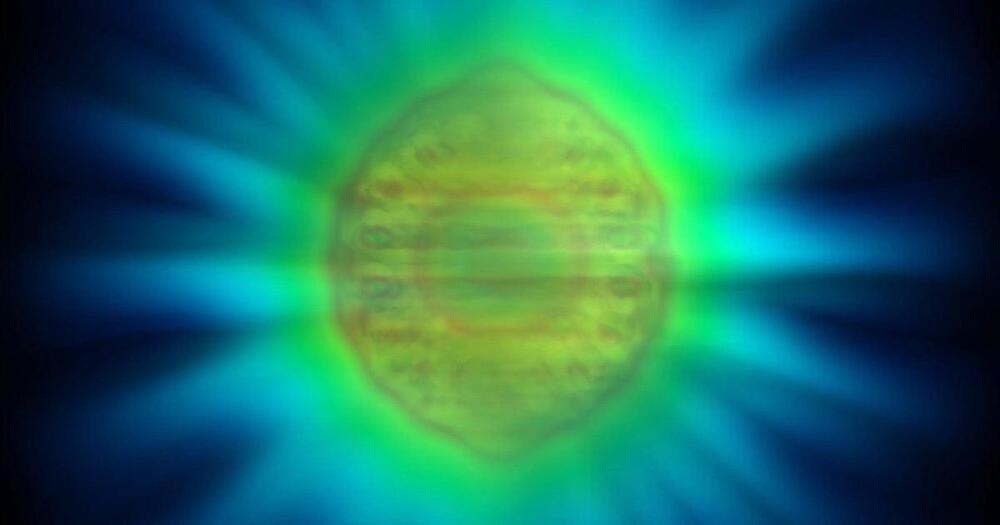
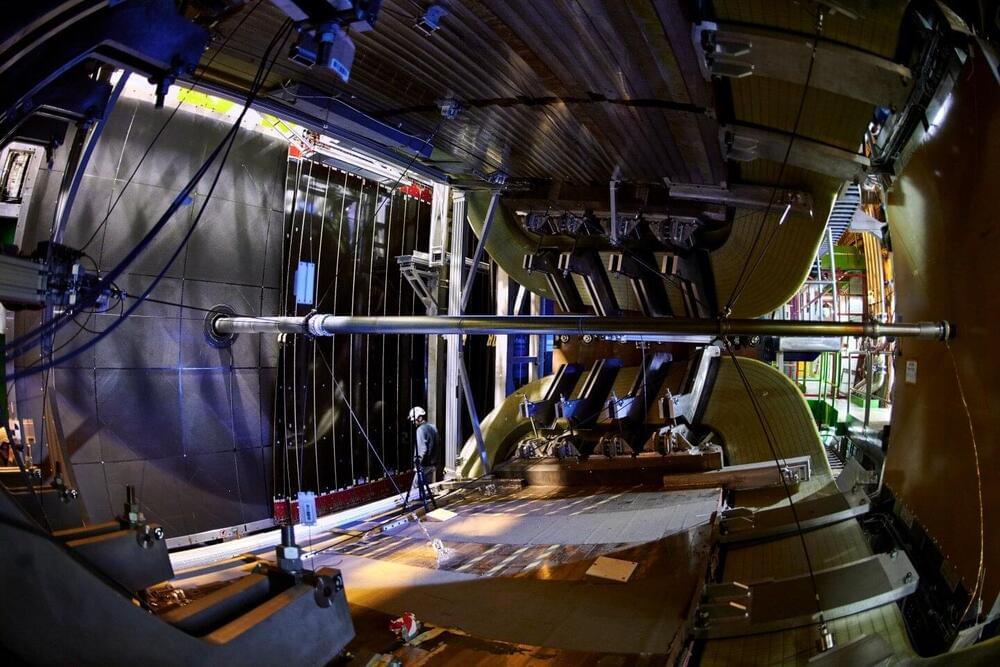
In the Big Bang, matter and antimatter should have been created in equal amounts. But fast forward 13.8 billion years to the present day, and the universe is made almost entirely of matter, so something must have happened to create this imbalance.
The Standard Model of particle physics predicts an asymmetry between matter and antimatter known as charge–parity (CP) violation. But the size of this asymmetry in the Standard Model is not large enough to account for the imbalance and the asymmetry has so far been observed only in certain decays of particles called mesons, which are made of a quark and an antiquark. It remains to be seen in other meson decays and in decays of other types of particles, such as three-quark particles called baryons.
In two new articles posted to the arXiv preprint server, the LHCb collaboration at the Large Hadron Collider (LHC) reports seeing evidence of CP violation in decays of baryons and in decays of beauty hadrons into charmonium particles, shedding light on these two pieces of the matter–antimatter puzzle.
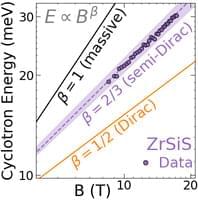

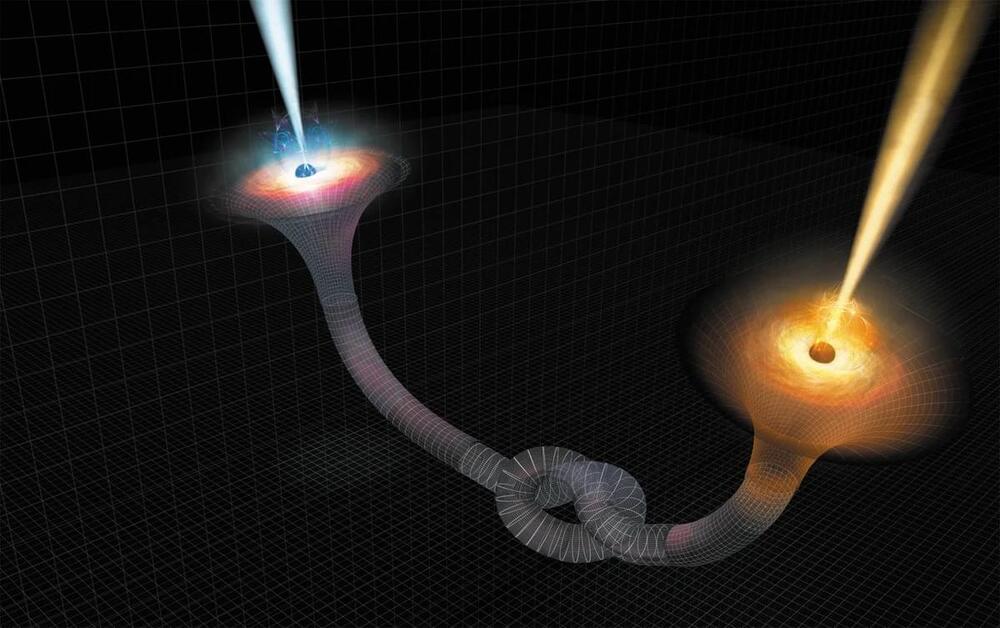
A team of physicists from Sofia University in Bulgaria has proposed a fascinating theory that wormholes, hypothetical tunnels linking different parts of the universe, could be hiding in plain sight. These wormholes may resemble black holes so closely that current technology cannot distinguish between the two, according to a new study reported by New Scientist.
Black holes have long been a source of mystery. They absorb everything, even light, leaving no trace of what falls into them. But where does the swallowed matter go? Some physicists have speculated that black holes might connect to “white holes,” which would spew out particles and radiation on the other end. Together, these phenomena could form a wormhole, or more specifically, an Einstein-Rosen bridge, connecting distant regions of space and time.

Scientists have made a satisfying and intriguing physics discovery some 16 years after it was first predicted to be a possibility: a quasiparticle (a group of particles behaving as one) that only has an effective mass when moving in one direction.
In physics, mass generally refers to a property of particles that relates to things like their energy and resistance to movement. Yet not all mass is built the same – some describes the energy of a particle at rest, for example, while mass may also take into account the energy of a particle’s motion.
In this case, the effective mass describes the quasiparticle’s response to forces, which varies depending on whether the movement through the material is up and down, or back and forth.
